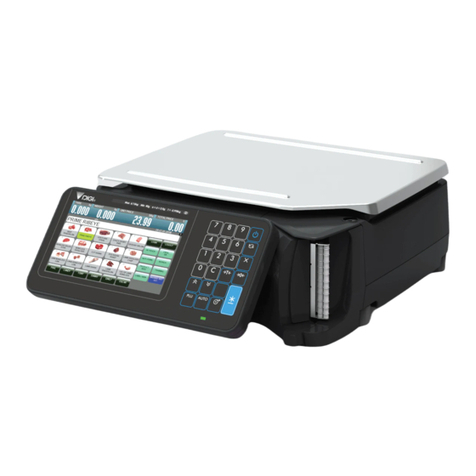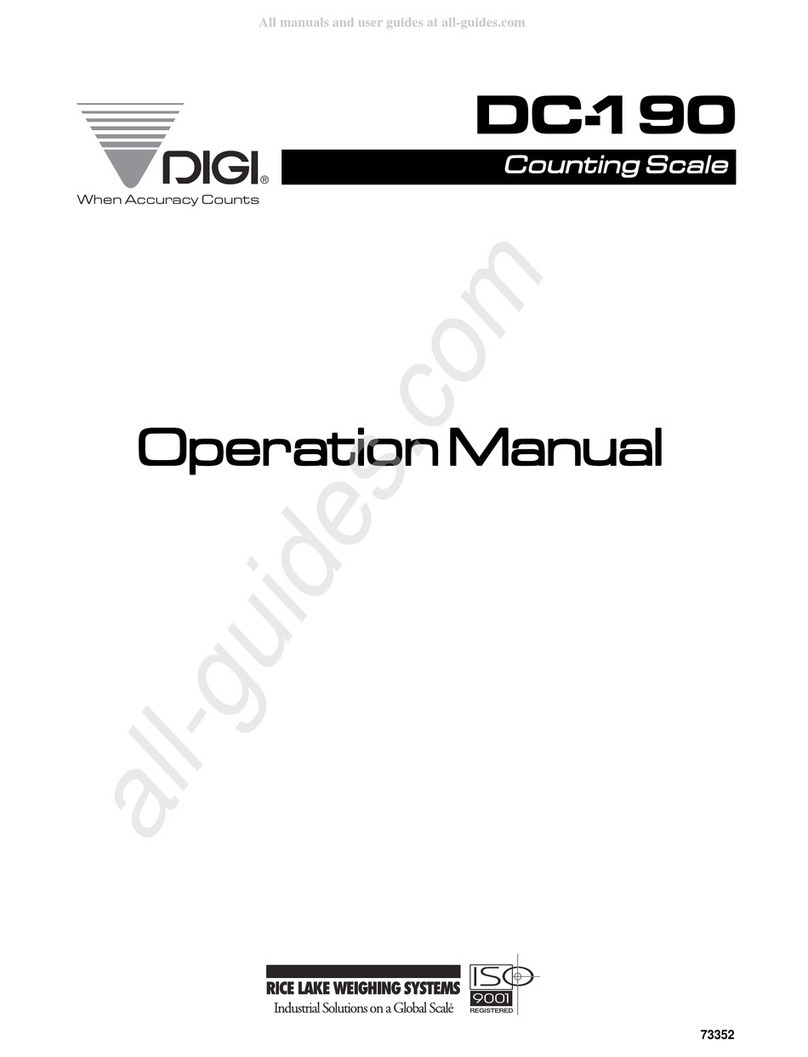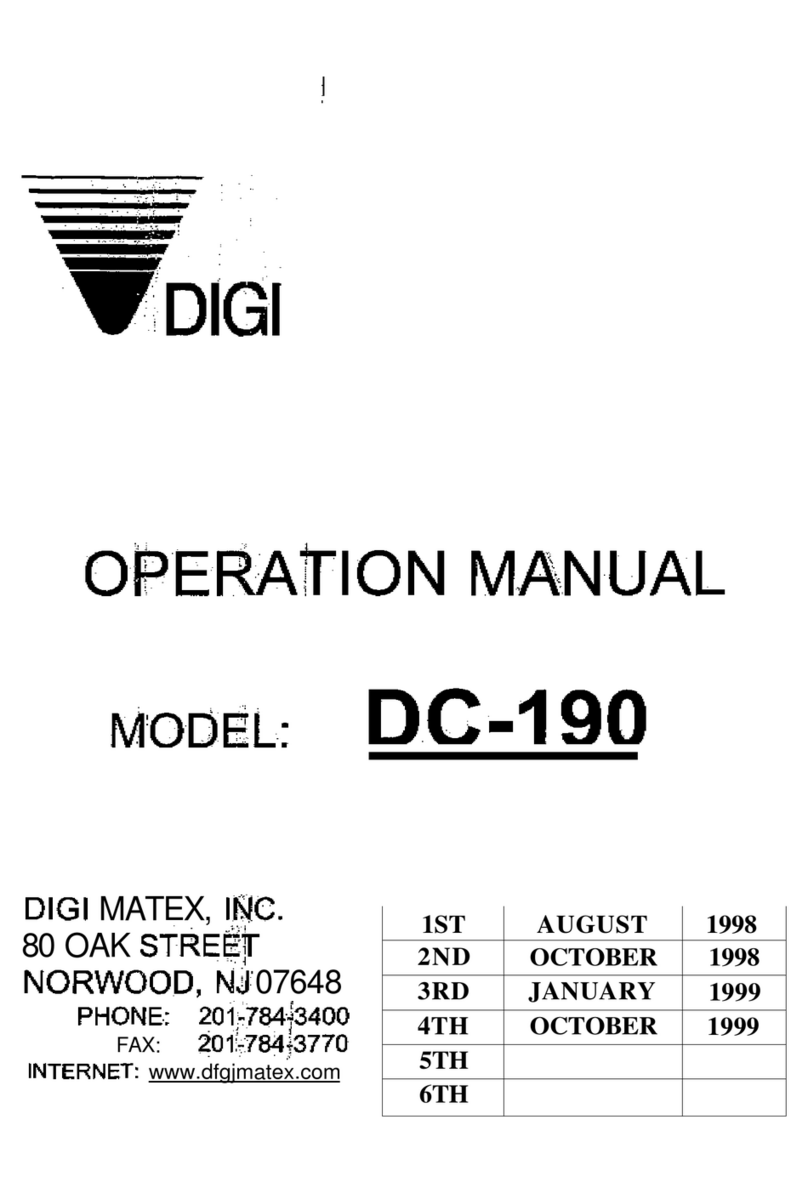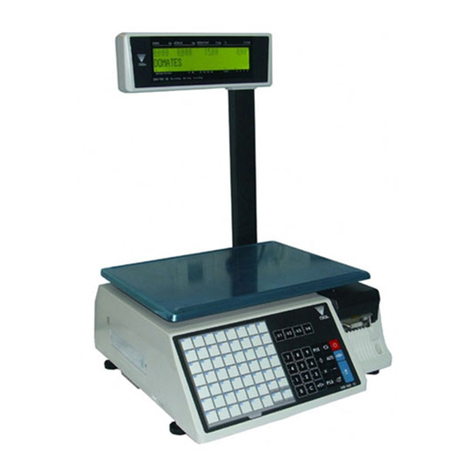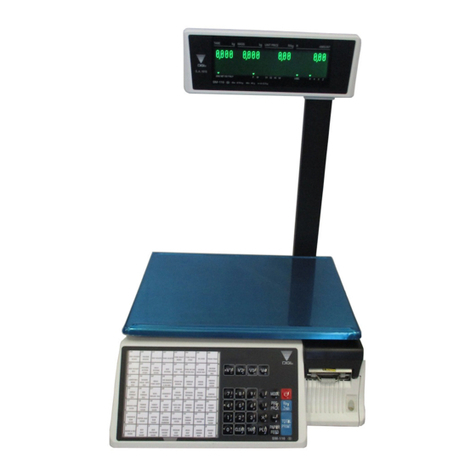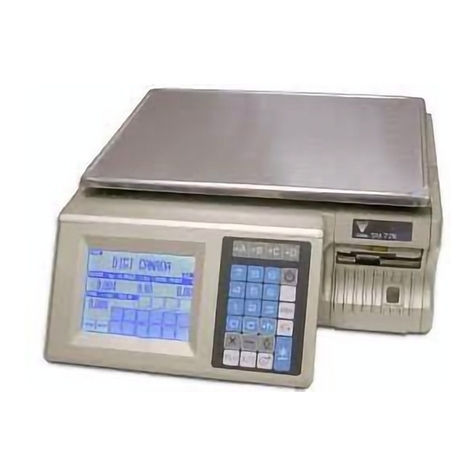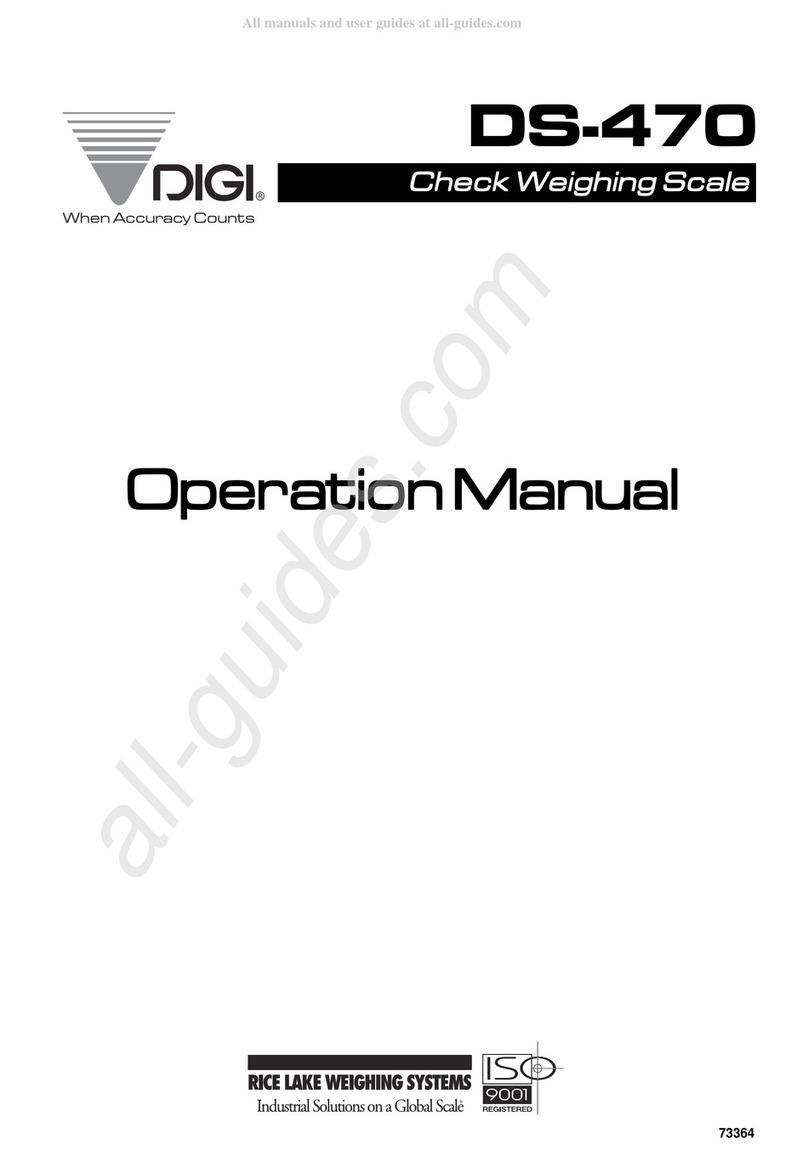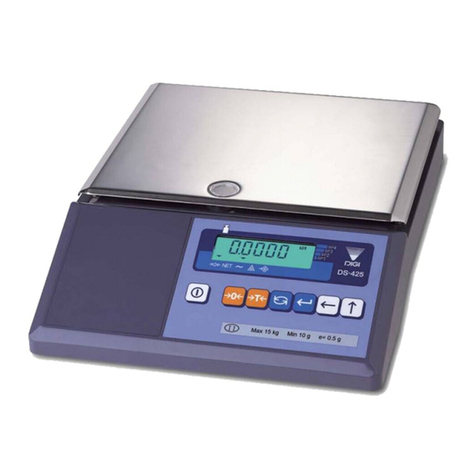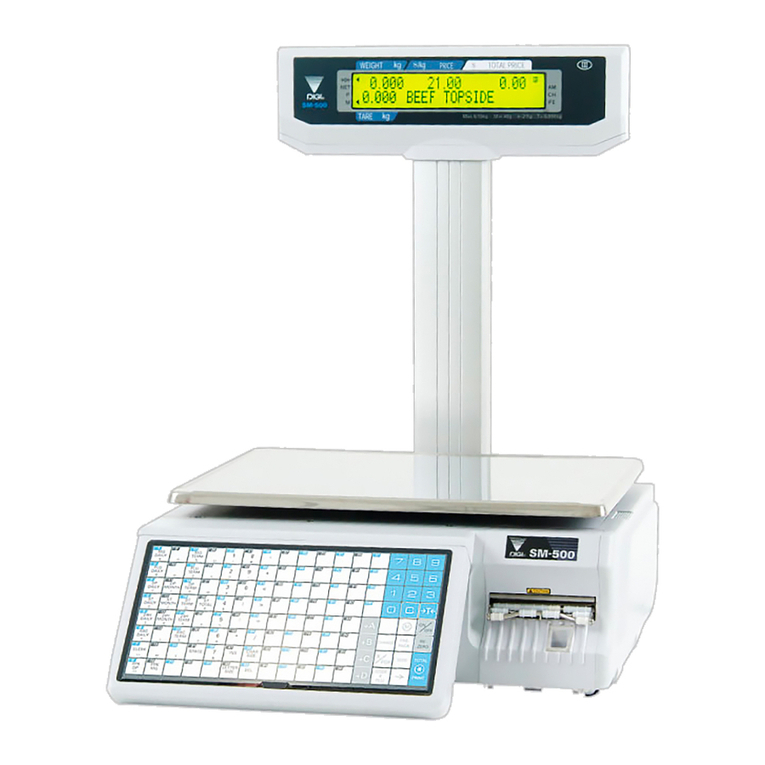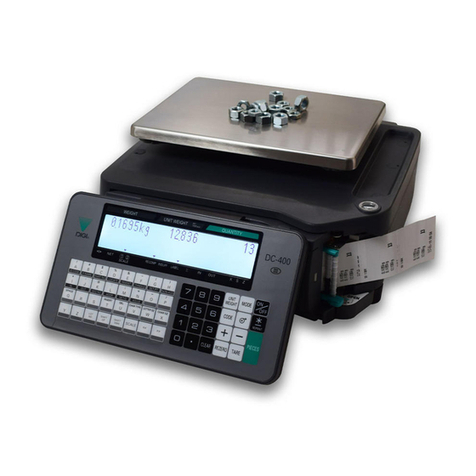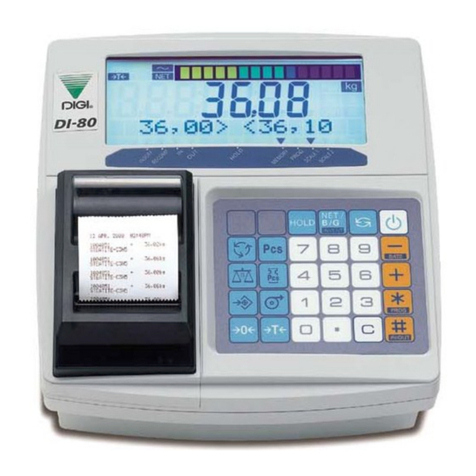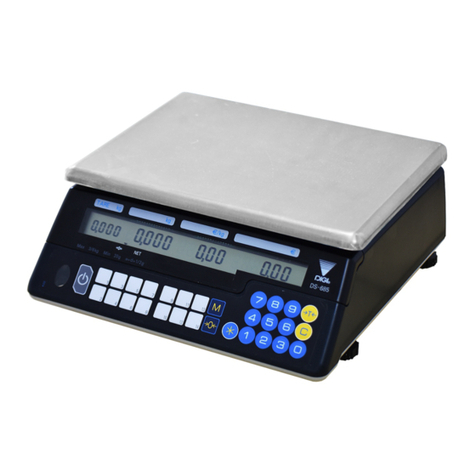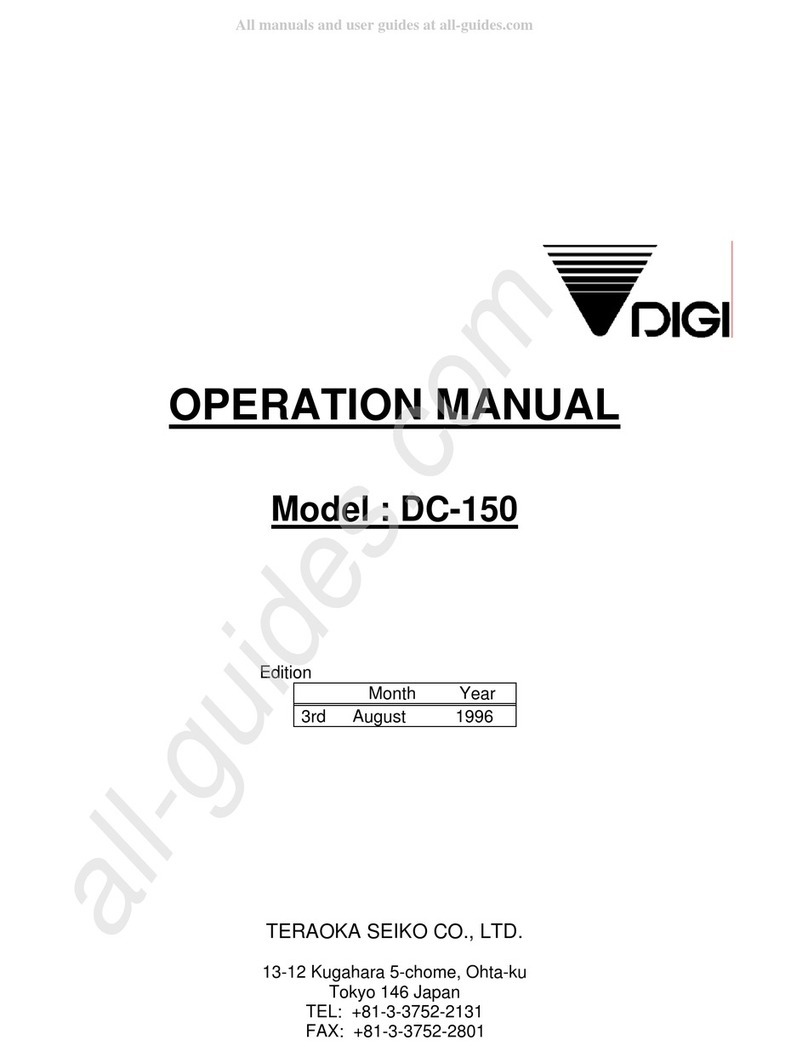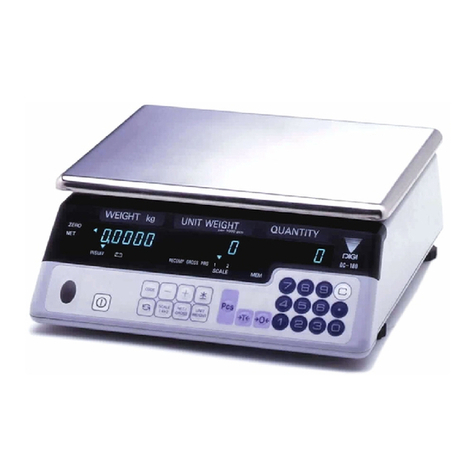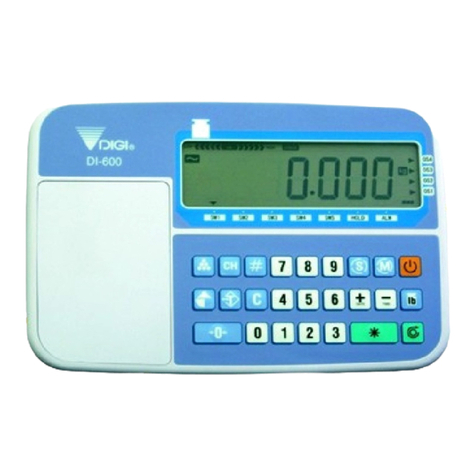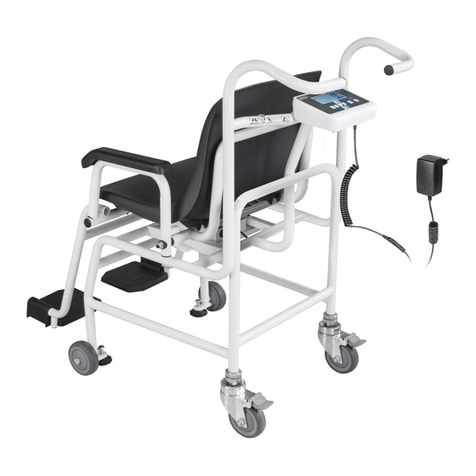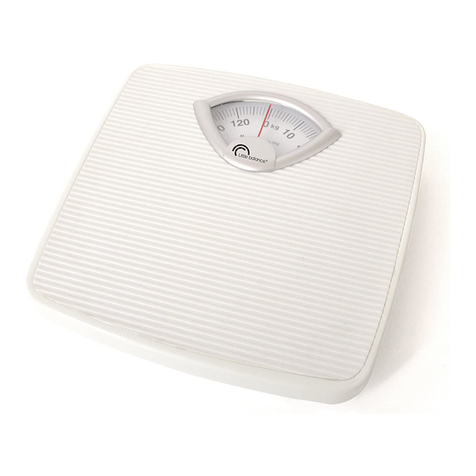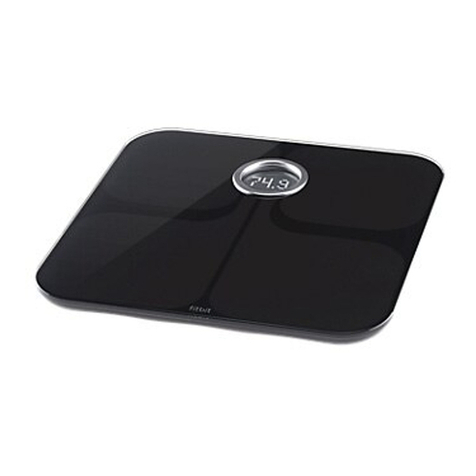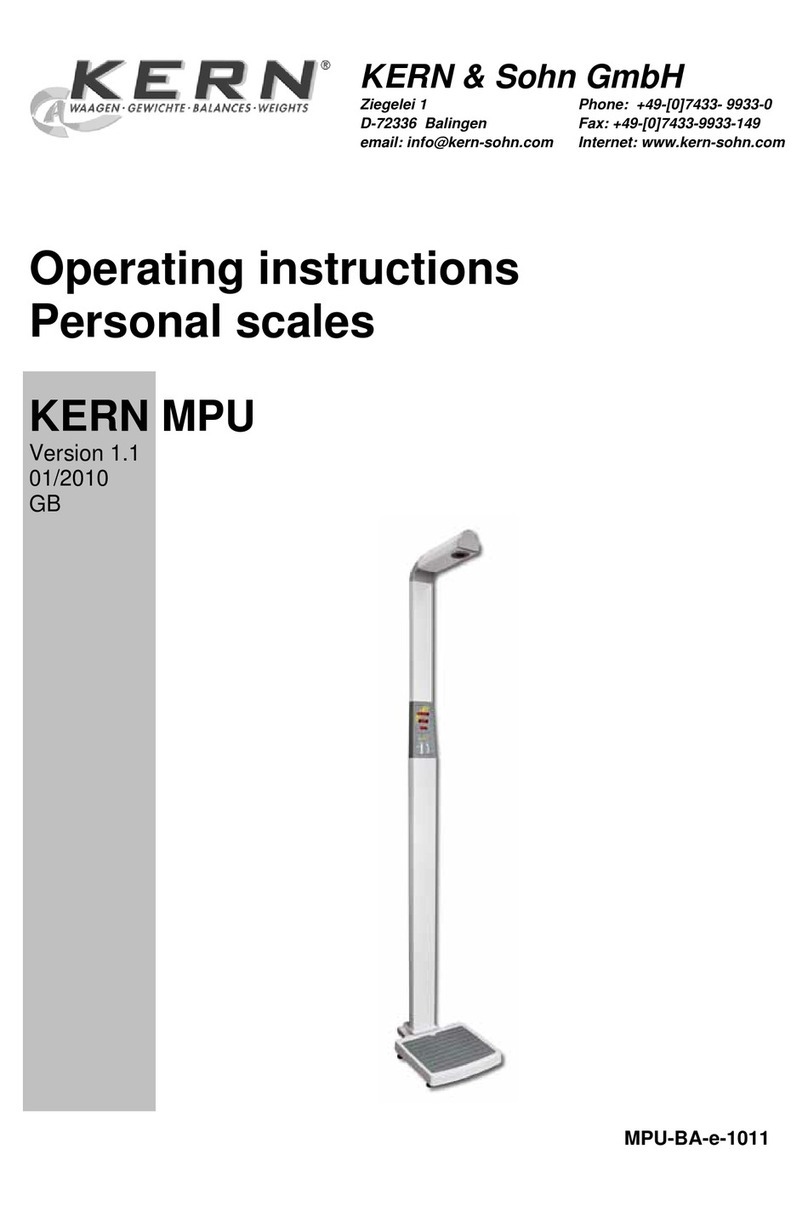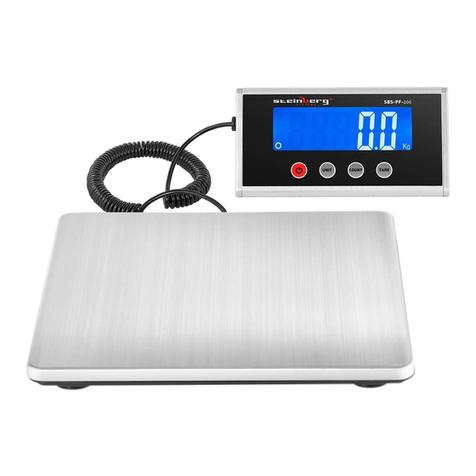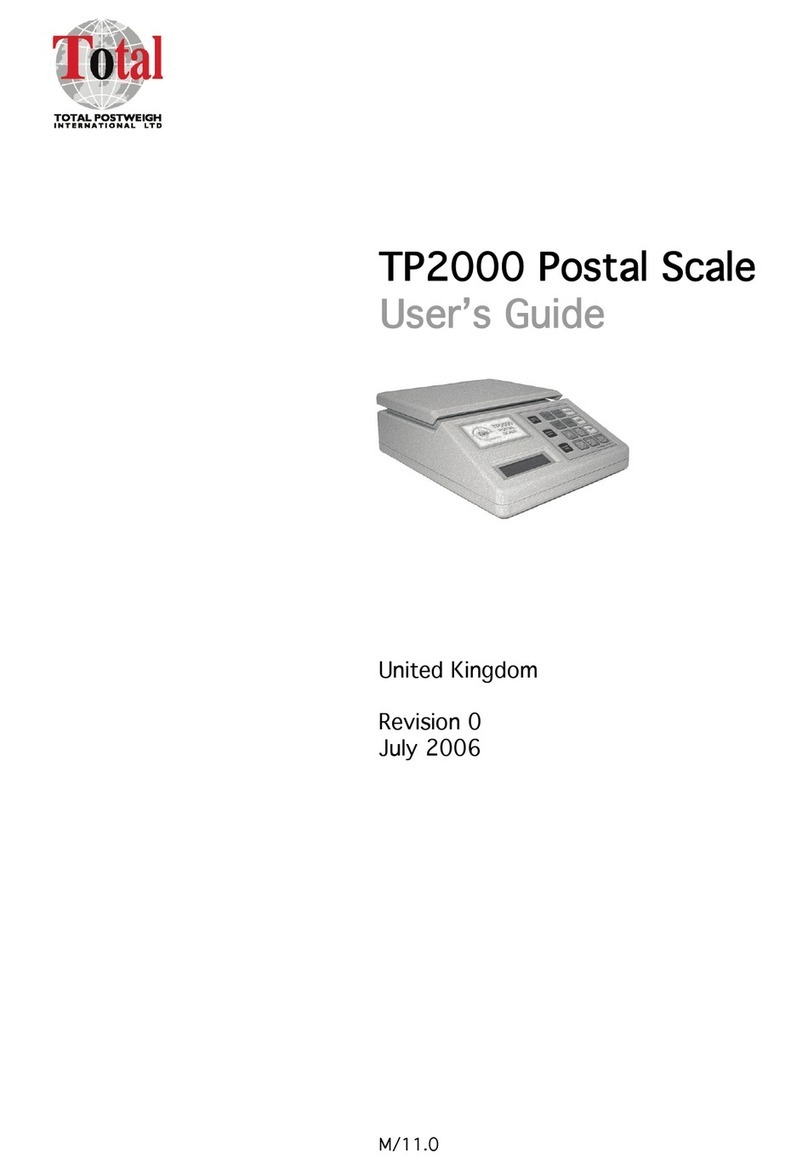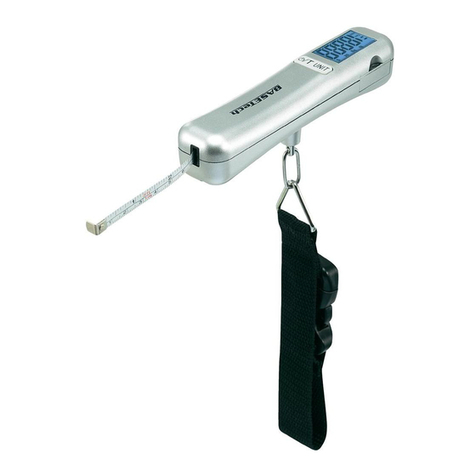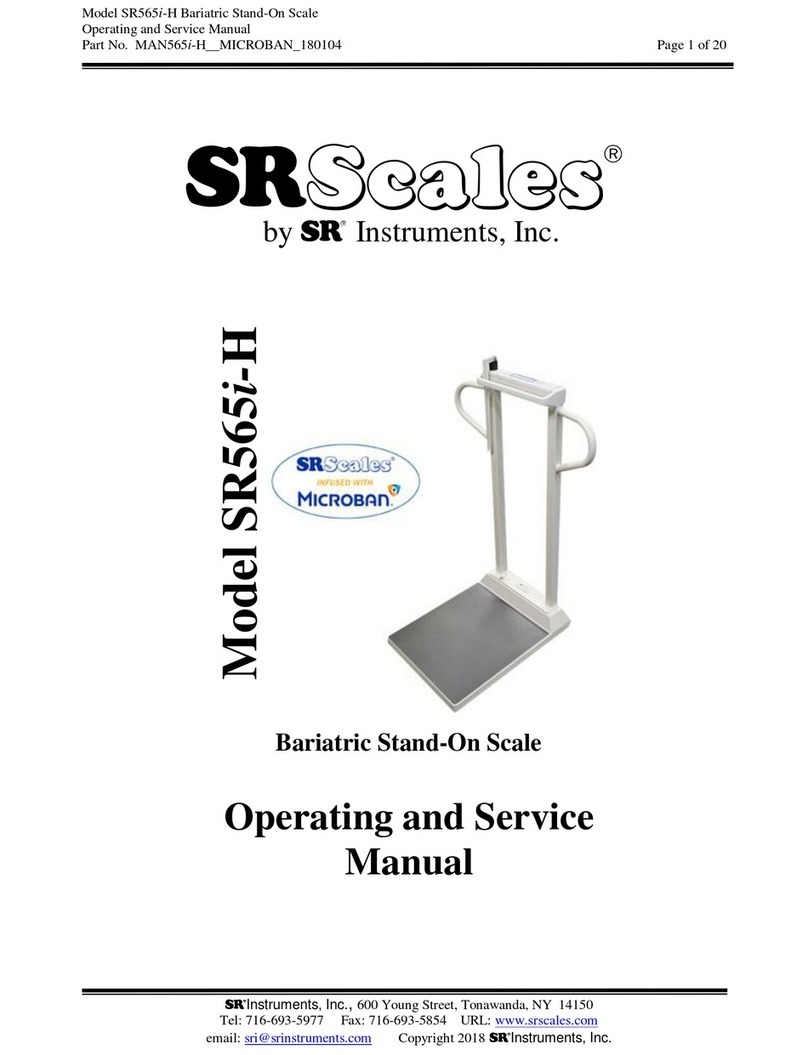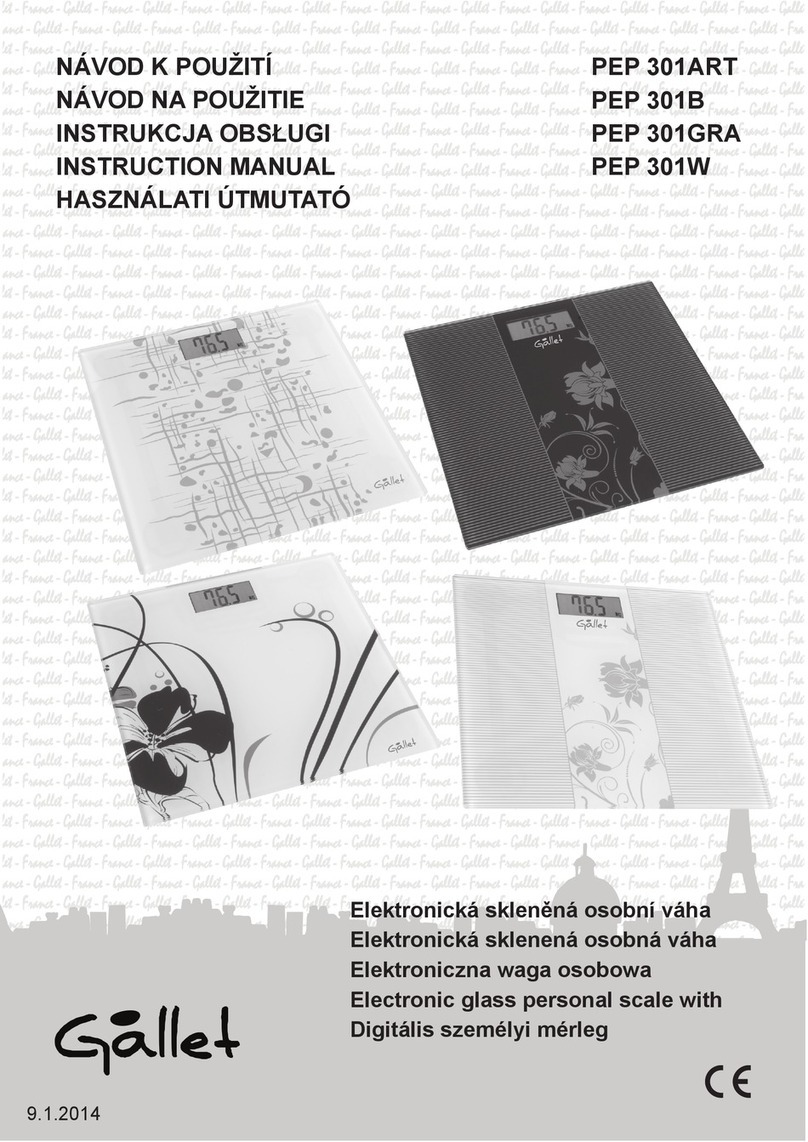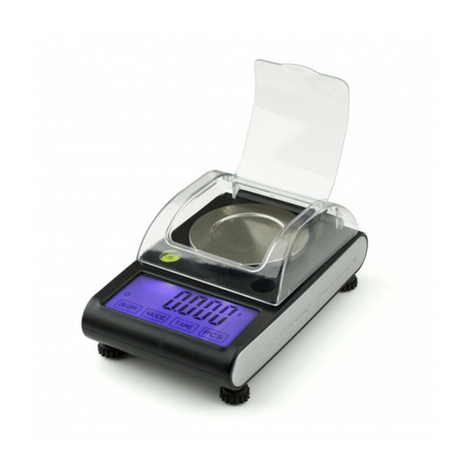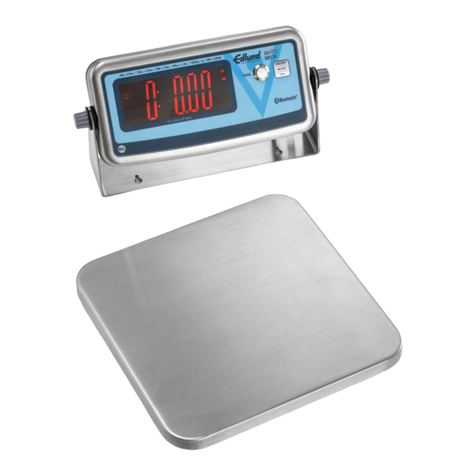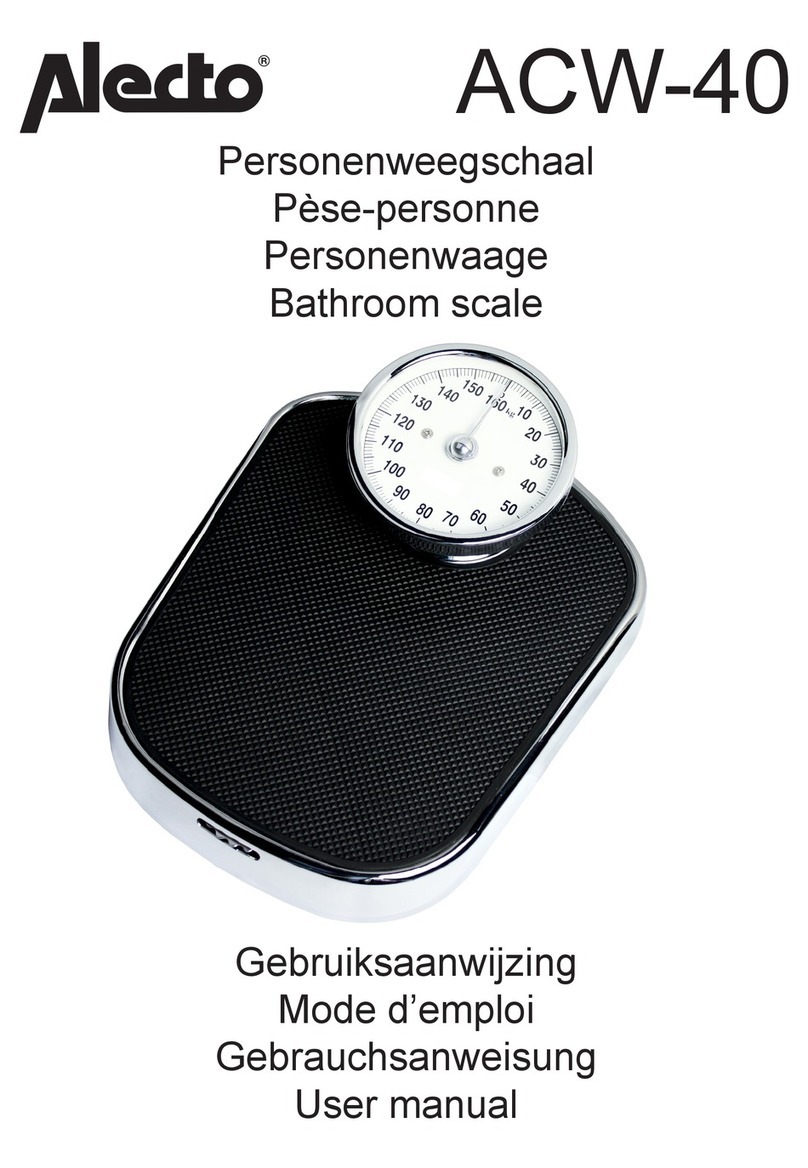2
1. General Layout.................................................................................................................. 4
2. Purpose.............................................................................................................................. 5
3. Features.............................................................................................................................. 5
4. Operating Conditions ........................................................................................................ 5
5. Charging Conditions (for Rechargeable battery only)...................................................... 5
7. Display and Indicators.......................................................................................................6
7.1. Display Specifications..................................................................................................................... 6
7.2. Indicators......................................................................................................................................... 6
8. Dimensions........................................................................................................................ 6
9. External Connectors ..........................................................................................................7
10. Main Components ........................................................................................................... 7
11. Existing parts to be used.................................................................................................. 7
12. Keysheet Layout.............................................................................................................. 8
13. Key Functions.................................................................................................................. 8
14. Notable differences from current Teraoka scales: .......................................................... 9
15. Block Diagram of Electrical Connection........................................................................ 9
16. Physical layout of Electrical Connection...................................................................... 10
17. Hardware Description.................................................................................................... 11
17.1. Microcomputer............................................................................................................................ 11
17.2. Pin Assignment......................................................................................................... 11
18. Maintenance Mode........................................................ Error! Bookmark not defined.
18.1. SPAN Adjustment........................................................................Error! Bookmark not defined.
18.2. Escape from Maintenance mode..................................................Error! Bookmark not defined.
18.3. Specification Setting....................................................................Error! Bookmark not defined.
18.3.1. Specification Enter (141).................................................................Error! Bookmark not defined.
18.3.2. Specification Enter (142).................................................................Error! Bookmark not defined.
18.4. Internal Count & A/D Count Display..........................................Error! Bookmark not defined.
18.5. Operational Specification List .....................................................Error! Bookmark not defined.
19. Operations In Weighing Mode...................................................................................... 13
19.1. ON/OFF ...................................................................................................................................... 13
19.2. Tare Subtraction.......................................................................................................................... 13
19.2.1. One Touch Tare Subtraction ...........................................................................................................13
19.2.2. Digital Tare Subtraction..................................................................................................................13
19.3. Unit Weight Entry Operation...................................................................................................... 13
19.3.1. By Sampling....................................................................................................................................13
19.3.2. Digital Unit Weight Operation........................................................................................................14
19.4. Insufficient Sampling Weight Operation.................................................................................... 14
19.4.1. Add Samples ...................................................................................................................................14
19.4.2. Adopt Suggestion............................................................................................................................14
19.4.3. Ignore Suggestion............................................................................................................................14
19.5. Parts Counting Operation............................................................................................................ 15
19.5.1. Single Counting Operation..............................................................................................................15
19.5.3. Negative Counting Function ...........................................................................................................15
19.6. Net/Gross Operation ................................................................................................................... 16
19.7. Item Code Call Up...................................................................................................................... 17
19.7.1. Recall Numeric Item Code..............................................................................................................17
19.7.2. Recall Alphanumeric Item Code.....................................................................................................17
Memory Field of Item Code........................................................................................................................17
